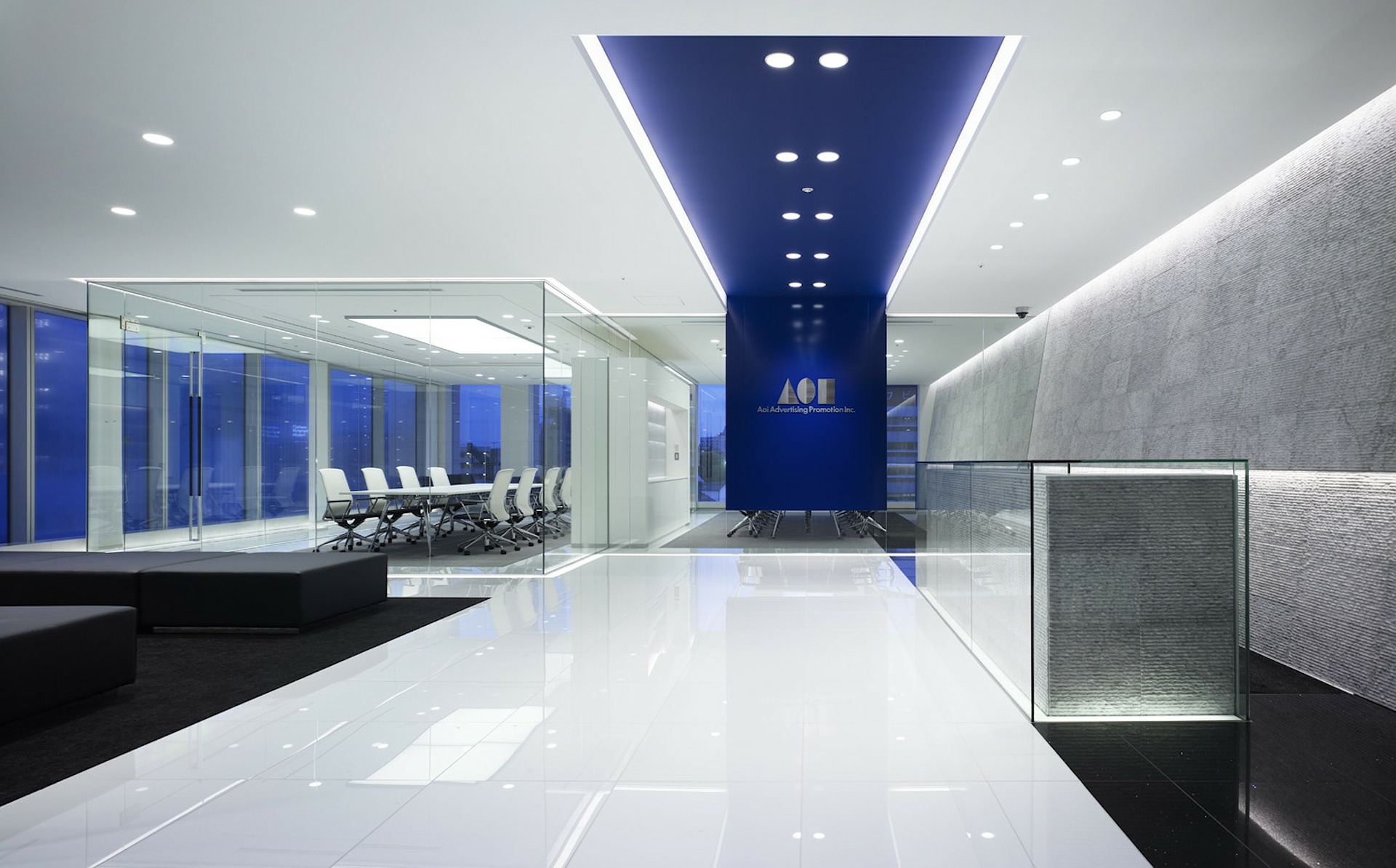The lighting in your office building or warehouse can have a significant impact on worker safety and health as well as your electric bill. Quality lighting that meets your needs is essential, but it can be confusing to choose the best commercial lighting for your business with so many options. Consider these factors when looking to add or update your company’s light fixtures.
What is the goal of your commercial lighting?
The term “commercial lighting” refers to a broad spectrum of lighting types and fixtures. To narrow down your options, first consider what you require of the lighting in your business. Suppose you’re lighting a warehouse where employees work overnight, and large machines such as forklifts are often used. In that case, you need bright lights that properly illuminate each area so that you create as safe a workspace as possible. However, if you run a restaurant or lounge, your goals may be to create an inviting ambiance with dimmer lights and interesting fixtures. Research has shown that proper lighting can significantly increase employees’ productivity, moods, and physical health. Commercial lighting should be bright enough to prevent eye strain – but not so harsh and bright that it causes migraines or blurred vision. Identifying the specific purposes of the lighting in your business will guide you to the best choice.
How much natural light does your building receive?
The amount of natural light that illuminates your commercial building will alter the scope required from your lighting system. If you only operate during daylight hours, you should focus more on task lighting for individual desks than overhead lighting (this will also save you money since you aren’t wasting energy on excessive overhead lights). However, if there is little to no natural light, you will need sufficient overhead lighting and task lighting.
What is the ceiling structure?
Most large commercial buildings need a lighting grid to light the workspace evenly. The height of your ceiling, as well as the type (open with exposed beams versus a dropped ceiling), will help determine which light fixtures you can have in your space. Tall ceilings will likely need bigger and brighter bay lights to diffuse the light properly and may be easier to light since they often have exposed trusses from which to hang lights. Lower ceilings that are dropped need lights that are flush with the ceiling, such as troffers.
Which light temperature should you use for commercial lighting?
The temperature of a light bulb determines the kind of light it emits. Lower temperatures emit warmer, softer light, while higher temperatures produce cooler and brighter light. If your business is in hospitality, such as a hotel or restaurant, keep the temperature of your lights between 2700 and 3000 Kelvin (K). This will create the cozy and inviting atmosphere you want for these spaces. For businesses where greater visibility is required, like a store or corporate office, opt for brighter lights around 3500K. In situations where you need the most visibility, like warehouses or doctors’ offices, choose the brightest and coolest lights at 4500-5000K.
Promise Electric provides commercial and residential electrical services to the greater Sarasota area. If you have a specific need and want to discuss your commercial lighting options, call us today. Our team of master electricians is here to help – from design to installation and maintenance.



